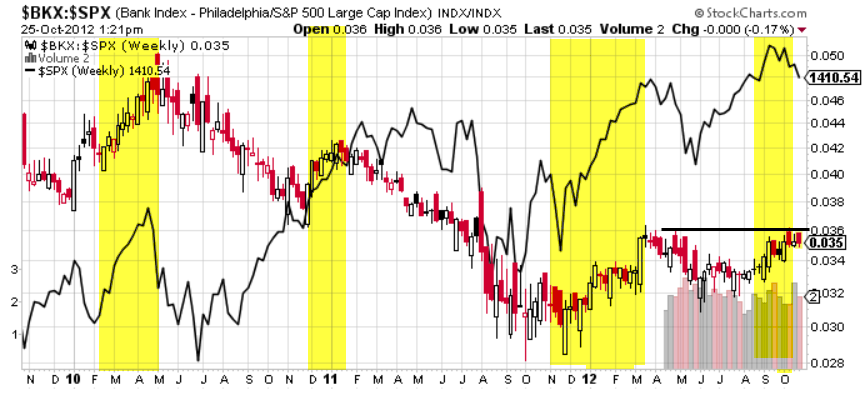The Individual Retirement Account, or IRA, is the backbone of many middle-class Americans’ retirement plans.
Creating the tax-deferred savings vehicle back in 1974 was one of the few unequivocally good decisions Congress has made over the past half century.
In my opinion, properly using an IRA’s tax benefits can vastly accelerate your savings plans.

Retirement Tool
For many Americans, the tax benefits, compounded over a working lifetime, might make the difference between retiring in style or having to move in with your adult children in your golden years.
This isn’t academic for me.
I keep the vast majority of my liquid savings in assorted IRAs, Roth IRAs and similar vehicles.
Tax Benefits
I’ve done the math and I know that, based on my expected return and tax rate assumptions, the tax benefits have the potential to increase my annual returns by 20% to 40%.
At any rate, let’s take a look at how Americans as a whole are using their IRAs.
You can use it as a measuring stick to see how you’re doing relative to your peers, and to see if you need to make any changes.
Asset Allocations
The Employee Benefit Research Institute (EBRI) published a report earlier this year that looked at account balances, withdrawals, contributions and asset allocations for American IRA investors from 2010 to 2015.
Interestingly, 87.2% of IRA owners did not contribute a single new dime to their accounts over the six year window, whereas only 1.8% contributed every year.
But before we throw the proverbial low-saving American spendthrift under the bus, I should point out that a lot of these IRAs may be owned by retirees or by workers who weren’t eligible to contribute because they were (hopefully) squirreling away fresh savings in their company 401(k) plans.
Max Out
The more interesting number to me is that, among those who did contribute new funds to an IRA, roughly half maxed out their plans. Good for them!
Not surprisingly, account balances jumped over the 2010 to 2015 period, as the stock market shot higher.
The average balance of investors that owned IRAs for the entire period rose by 47.1% to $146,513.
Returns
Few investors earn the “average” return, and actual results are scattered all over the place.
The bottom 25% had cumulative returns of just 0.1%, essentially earning nothing over a period of time in which the market was on fire. Meanwhile, the top 25% saw their balances explode higher by 87.3%.
This brings me to asset allocation.
If you didn’t make money between 2010 and 2015, it means you weren’t playing the game.
My guess is you were likely sitting in cash, having been shell-shocked by the 2008 meltdown.
IRA Owners
EBRI found that 27% of IRA owners had zero invested in stocks over the six years covered.
About 17% were fully invested in stocks over the period. The “average” account had roughly half its assets allocated to stocks, with the precise number bouncing around between the mid-40s and mid-50s.
Now, it’s easy to scoff at those not fully invested in stocks over those six years, potentially missing an epic run in the market.
But some of these investors may be in or near retirement and didn’t want to risk a major drawdown.
Peak Income
And I’ve always said that the most important thing is to simply get the cash into the account to take advantage of the tax break. The allocation can follow later. I reiterate that point here.
But all the same, you shouldn’t be sitting in cash. If you can’t accept the risk of a large allocation to stocks, you should at least have your cash in bonds, in my opinion.
Alternatively, you could consider using my Peak Income service, which seeks to produce higher yields than what is generally available in the mainstream bond market while having a low correlation to the stock market.
Takeaway
The average yield on our current open recommendations is around 7%, which doesn’t include capital gains.
The larger takeaway isn’t that Americans are irresponsible spendthrifts who lack the discipline to save (though certainly there are millions of Americans that would fit that description).
It’s more an issue of Americans trying to be responsible but not quite getting the execution right.
If you ask me, the good news is that this is a much easier problem to fix. Once you’ve done the hard work of saving, allocating your funds well is the easy part.
This piece originally appeared on The Rich Investor.
Photo Credit: Ken Teegardin via Flickr Creative Commons



